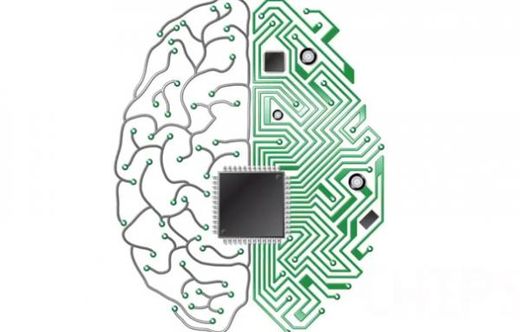OF THE
TIMES
Today as never before we need to comprehend the course, logic, and path of the process of history. Every day we need to make decisions that will affect future generations. It has become obvious that no single nation, confession, social class or even civilization can solve these problems on its own. We increasingly have to listen to one another: Europe and Asia, Christians and Muslims, White and Black peoples, citizens of modern democratic states and places where traditional society survives. The key is to understand one another correctly, avoid hasty conclusions, and acquire the true spirit of tolerance and respect toward those with different value systems, habits, and norms.
In the UK, the narrative was that banning menthol cigarettes would make smoking less appealing for kids - I've never come across any suggestion...
The people who need to read this are watching the tv...
The last American-trained brigade left Germany in January or February, a US official told the newspaper. As a side note, many analysts reported...
Proverb : The soldier joined the military to defend his country. Then, he killed and was killed for the banksters.
Mr Dugin isn't the only supporter of the SMO in Ukraine. 87.8% of the Russian people also support the clearing of US/nato nazis from the country....
To submit an article for publication, see our Submission Guidelines
Reader comments do not necessarily reflect the views of the volunteers, editors, and directors of SOTT.net or the Quantum Future Group.
Some icons on this site were created by: Afterglow, Aha-Soft, AntialiasFactory, artdesigner.lv, Artura, DailyOverview, Everaldo, GraphicsFuel, IconFactory, Iconka, IconShock, Icons-Land, i-love-icons, KDE-look.org, Klukeart, mugenb16, Map Icons Collection, PetshopBoxStudio, VisualPharm, wbeiruti, WebIconset
Powered by PikaJS 🐁 and In·Site
Original content © 2002-2024 by Sott.net/Signs of the Times. See: FAIR USE NOTICE

Do we really have to do it again?
How do you think bodies were developed, anyway?
They're just biological machines.
And if they are well-designed enough, beings will be attracted to them, and will learn to control them, instead of the programmers. And the programmers, being dead in the head, won't realize what's happening and will start some sort of panic or war or something.
Do we really need to do this again?